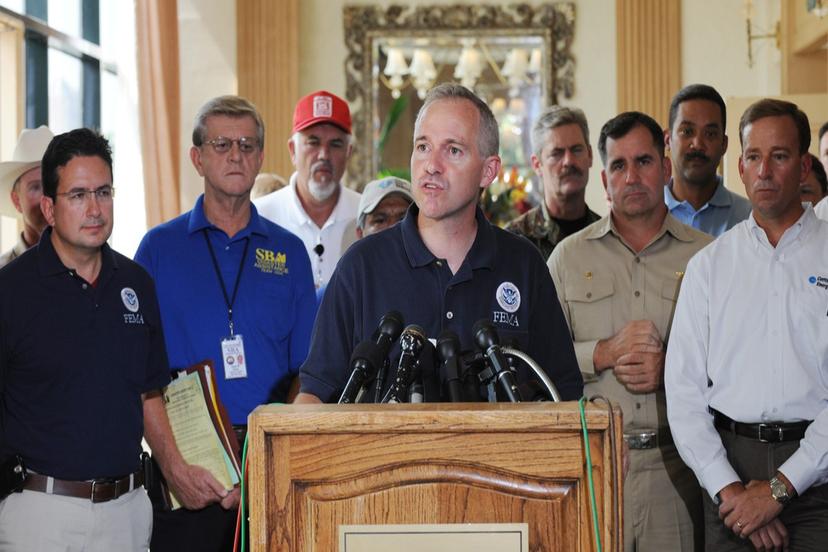Public Relations

Background
The ideas that shaped the public relations industry date back centuries. It’s said that Socrates once remarked, “The way to gain a good reputation is to endeavor to be what you desire to appear.” In the 18th century, Georgiana Cavendish, Duchess of Devonshire, was an early public relations practitioner, hosting salons that attracted a variety of well-known society members, acting as spokesperson for the Whig party, and lobbying and writing what today would be called press releases for the politician Charles James Fox. To raise public awareness of and generate support for the Revolutionary War, Benjamin Franklin, Thomas Paine, Thomas Jefferson, and Samuel Adams saturated newspapers, pamphlets, town meetings, and sermons with their thoughts. Other early public relations work could be seen in the publicity for circuses and theater performances. P.T. Barnum’s often wild and unethical promotion tactics to attract people to his circus gave the industry a negative reputation before the industry had even formed, and gave early promotion and publicity workers the often unfair nickname of “huckster.” On a positive note, however, Barnum laid the groundwork for honest PR techniques to come, with his creative ways of generating conversation about a promotion and capitalizing on opportunities to gain media attention.
The practice of public relations started to take firmer, more official root in the late 1800s and early 1900s, with the likes of Edward Bernays and Ivy Lee contributing their theories and techniques to the burgeoning field. At that time, the growth of newspapers, magazines, and telegraph was giving rise to a more informed and connected public. Thanks to astute journalists, the robber barons—extremely rich men who exploited abundant resources of the United States—could no longer keep their activities secret and ignore what the masses thought of them. In 1903, newspaper reporter Ivy Lee, whose initial work in the field was counseling robber barons, started one of the first public relations agencies, and established practices still used today. Edward Bernays, Sigmund Freud’s nephew, used his understanding of the human psyche in his public relations work. He often surveyed the medical community for endorsements of his clients’ products and services. Another well-known name in public relations is Henry Rogers, who started his own publicity firm in 1936, and set ethical and creative standards in the area of entertainment public relations.
Wars have also helped grow and shape the public relations industry. The Committee on Public Information (CPI) was created during World War I to generate support for America’s goals in the war, encourage enlistment, and sell Liberty Bonds. CPI organized public rallies and created newsreel announcements to urge people to contribute to the war effort. During World War II, the Office of War Information used publicity, such as the “Uncle Sam Wants You!” posters, to recruit and to create patriotism in America, and to attract women to the workforce. Also during that time the word propaganda became a negative expression because of the Germans’ use of it, particularly to justify the Holocaust, and thus Bernays reportedly came up with the more positive “counsel on public relations.”
Large organizations, like the Red Cross, Boy Scouts of American, and the YWCA, recognized early on the importance of establishing a positive, healthy relationship with their customers and the general public. The need for effective public relations was often emphasized when circumstances beyond a company’s or institution’s control created unfavorable reactions from the public. Society has taken greater interest in corporate responsibility and accountability since the 1960s, when groups formed to raise consumers’ awareness of business practices and protect consumers from everything from unsafe products to unsafe working conditions. These groups focused their attentions on universities and corporations, holding them accountable to their “publics” and reminding them of the importance, on many levels, of having good relations with their customers.
Since the 1970s, the public has also become more aware of environmental issues such as pollution, deforestation, and global warming. Government and corporations have increasingly relied on public relations practitioners to respond to the public’s concerns and questions through policy statements and press releases explaining their clients’ solutions. Crises such as Union Carbide’s chemical plant explosion in Bhopal, India (1984); Exxon’s oil-tanker Valdez spill in Alaska (1989); Nike’s labor practices in Asian plants; the 9/11 terrorist attacks; the BP oil spill in the Gulf of Mexico (2011); and the Equifax security breach (2017) are just some of the events in the past few decades that demanded accountability and corporate response management by public relations professionals.
Technological advances since the 20th century have changed how public relations professionals work as well as added to the complexity of the job. Until the 1980s, the typewriter was the main tool used for writing. The fax machine proliferated in the 1980s, enabling faster press release distribution than through regular mail. The development of computers, laptops, and handheld devices, along with the Internet, Web, e-mail, and social media such as Facebook, Instagram, Twitter, LinkedIn, Snapchat, and YouTube, among others, has since broadened the areas PR practitioners monitor and use regularly. The ability to communicate globally in real time has meant greater opportunity to reach a wider audience, increased the demand for image management help, and placed heavier weight on the importance of best business practices in the industry.
